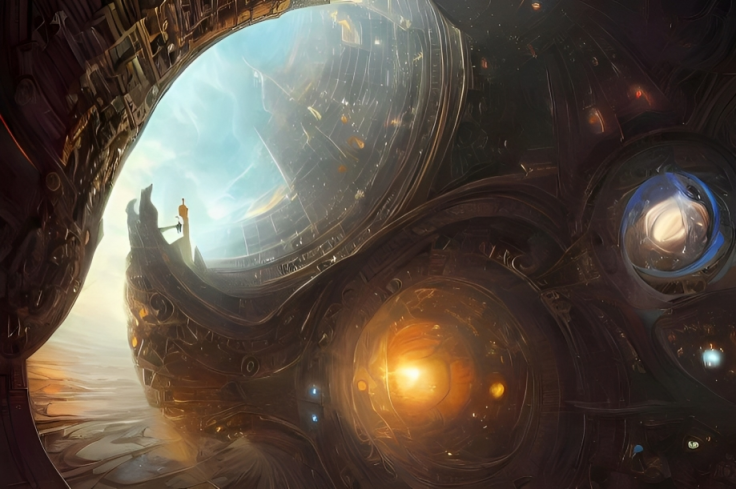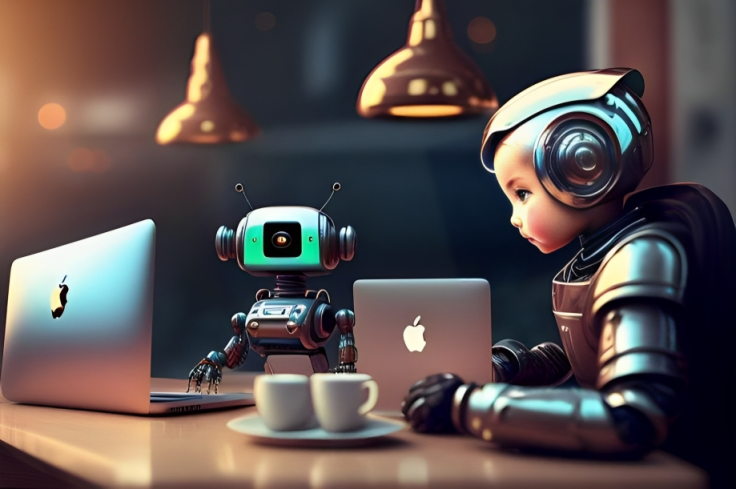Artificial intelligence has opened up new creative possibilities when it comes to generating images. There are now several AI tools available that allow you to create unique digital art, illustrations, and photos through text prompts. These tools utilize complex algorithms and neural networks to "dream up" images that match the descriptions you provide.
In this article, we'll look at the top 7 AI image creation services and examine their key features and capabilities.
1. Midjourney
Midjourney has quickly emerged as one of the most popular AI art generators. This service lets you turn text prompts into stunning four-panel image grids using its text-to-image capabilities. Some of Midjourney's standout features include:
• Huge range of styles – You can generate photorealistic, abstract, cartoony, and artistic images.
• Upscaling – Easily turn small pics into large, high-res images.
• Animation – Animate your creations through video sequences.
• Accessible pricing – There are more and more people wanting to buy prompts Midjourney.

2. DALL-E 2
DALL-E 2 is an AI system created by OpenAI that can create realistic images and art from text descriptions. Key features include:
• Realistic capabilities – Images often look indistinguishable from photos.
• Creative freedom – The AI can combine disparate concepts in surreal ways.
• Diverse outputs – It can render images in various styles, from paintings to sketches.
• Text-to-image engine – Converts text prompts into images through AI.
However, DALL-E 2 access currently remains limited.
3. Stable Diffusion
Stable Diffusion is an open-source text-to-image AI that can generate high-quality images from text prompts. Perks include:
• Image quality – Creates intricate images with fine details.
• Accessibility – It's completely free to use, unlike DALL-E 2.
• Versatile – Can produce concept art, logo designs, book illustrations, and more.
• Easy to run – You can run it on your own computer.
The major downside is that it sometimes creates distorted elements.
4. StarryAI
StarryAI is a handy mobile app powered by AI that converts text to images. Benefits:
• Convenience – As it's an app, you can use it on the go.
• Easy prompts – No need to enter complex prompts.
• Fun filters – Overlay colorful filters on your AI creations.
• Quick processing – Results usually appear rapidly.
However, image quality is not as strong as cloud-based services.

5. Nightcafe Creator
Nightcafe Creator specializes in AI-generated art styles ranging from paintings to drawings. Standout features:
• Art styles – Mimics famous painters like Van Gogh and Picasso.
• Simple interface – Easy to use, even for beginners.
• Stylize images – Transform your pics or uploads to art styles.
• Decent quality – Creates intricate, appealing image art.
On the downside, some styles are locked behind a paywall.
6. Wombo Dream
Wombo Dream is a straightforward AI art app focused on abstraction. Benefits include:
• Psychedelic art – Generates far-out, psychedelic creations.
• Animation option – Convert images into short video loops.
• Beginner-friendly – Very easy to use.
• Free version – You can test it out at no cost.
But, you have limited control over the end results.
7. Deep Dream Generator
Deep Dream Generator leverages deep learning to transform images into hallucinogenic-like artworks. Key perks:
• Trippy effects – Applies weird, otherworldly distortions.
• Stylization options – Can render paintings, drawings, and manga art.
• Animation – Turn creations into short video clips.
• Free to use – No payment required.
On the flip side, it's mainly built around image tweaking rather than creation.

Responsible AI Usage
As AI image generators become more advanced and accessible, they introduce tricky questions about responsible usage and ethics. While these tools unlock amazing creative potential, they also carry risks if misused either intentionally or unintentionally.
When creating AI-generated images, keep in mind the guidelines around:
• Copyright – Don't use copyrighted source materials as inputs without permission. Also, be careful about claiming sole copyright on AI creations that utilize others' works.
• Bias and representation – Critically examine the datasets and algorithms powering AI systems to check for issues around unfair bias, stereotyping, or problematic representations.
• Misinformation – Don't spread falsehoods or manipulate generated imagery to deceive others.
• Violent/offensive content – Avoid creating violent, dangerous, or offensive imagery that could potentially cause real-world harm.
• Always use your best judgment and think through the implications of your AI art before sharing widely. When in doubt, refrain from generating problematic content, even if just as an experiment.
Testing and Playing
The AI image generation space keeps advancing rapidly, opening up new creative frontiers. We recommend testing out a few different services to discover which ones best fit your purposes. The key is finding the right balance of quality, flexibility, and accessibility for your needs.
Whichever service you ultimately select, make sure to responsibly create images that don't violate usage terms or spread misinformation. And above all, have fun playing around with these futuristic AI art tools! With the right prompts and parameters, you can bring all kinds of wild, imaginative concepts to life.









